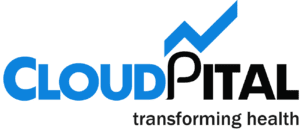Request Free Demo:
Mobile#: +61386585993
Email: sales@bilytica.com
Workload is a constant barrier to improving patient care. Nurses, doctors, and other practitioners face ever increasing demands on their time and attention, hindering their ability to offer the best care possible. While patient loads and other factors may remain beyond a healthcare organization’s control, it is possible to improve workflows for patient-facing staff. This step can play a significant role in improving patient outcomes and reducing employee burnout using hospital EMR software in Singapore.
Maximum Productivity Saves Lives
Studies consistently show that increasing productivity within healthcare organizations results in better outcomes and reduced mortality rates. In some cases, clinical and mobility workflow has actually saved hospitals by drastically improving the quality of care they delivered.
As E-clinic management software in Singapore works to improve workflow, it’s important to remember that improvements should be aimed at both doctors and nurses, and that caregivers should have access to patient data not only at nurses’ stations, but everywhere. The more access they have to clinical documentation and results, the more readily they can make decisive decisions about patient care.
The Purpose of Mobility Assessments
In the healthcare setting, multiple factors impact workflow: government regulations; capacity for health information exchange; number of care providers; and even patient cooperation may all come into play. While many of these factors remain out of our control, we can control aspects like the technology we use and how various technologies are aligned. Sometimes it can be difficult to extract and isolate these variables.
A lab management software in Singapore does just that. This process involves a detailed analysis of all the different systems and workflows that impact patient care. It’s often the first step in developing a project management plan for implementing hospital EMR Software in Saudi Arabia and decommissioning legacy applications. The mobility assessment should be the first step in adopting new technology or adapting existing systems because it identifies appropriate solutions based on clinical workflow. The mobility assessment also illustrates trends and needs that will determine how technologies should be aligned to ensure maximum productivity.
